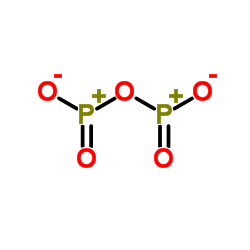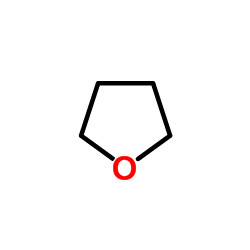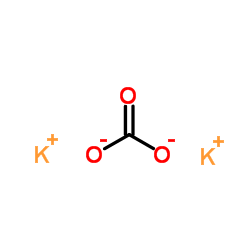| Structure | Name/CAS No. | Articles |
|---|---|---|
 |
Phosphorus pentoxide
CAS:1314-56-3 |
|
 |
Formic Acid
CAS:64-18-6 |
|
 |
Acetone
CAS:67-64-1 |
|
 |
Chloroform
CAS:67-66-3 |
|
 |
Sodium hydroxide
CAS:1310-73-2 |
|
 |
Acetonitrile
CAS:75-05-8 |
|
 |
Methanol
CAS:67-56-1 |
|
 |
Dichloromethane
CAS:75-09-2 |
|
 |
thf
CAS:109-99-9 |
|
 |
Potassium carbonate
CAS:584-08-7 |